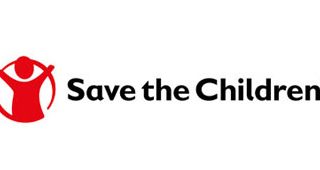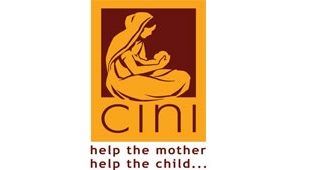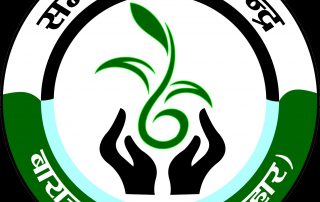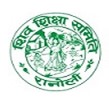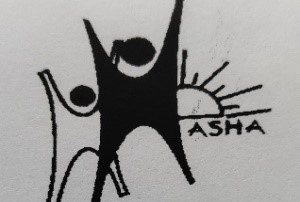Child marriage in India
Save the Children and Simavi partnered with Child in Need Institute (CINI), Bihar Voluntary Health Association (BVHA), Voluntary Health Association of India (VHAI), Network for Enterprise Enhancement and Development Support (NEEDS), the Centre for Health and Resource Management (CHARM), Shiv Shiksha Samiti Ranoli (SSSR), Social Welfare Agency & Training Institute (SWATI), ASHA-Odisha, Urmul, Samagra Seva Kendra (SSK) to implement the Marriage: No Child’s Play (MNCP) programme from 2016 – 2020. In MNCP, MTBA adopted a holistic approach that is girl-centred and community-driven. The programme design was thematically integrated and creates opportunities and platforms for adolescents, particularly girls. You can read more about this on the How page of this website.
Below are a few of the key achievements of MNCP in India:
Impact:
- The MTBA program in India was effective in reducing proportion of girls currently married from 19.8% at baseline to 5.5% atendline.
Informed decisions:
- The MTBA program positively impacted the proportion of girls reporting being part of a club or group: 2.7% at baseline to 49.8% atendline.
- It also increased knowledge of child marriage: the proportion of girls able to name at least three adverse effects of child marriage increased from 28.0% at baseline to 45.8%, and the proportion able to identify the legal age at marriage increased from 61.9 % to 88.6%.
- Knowledge of HIV more than doubled in intervention communities in India from 22.4% to 50.2%
Alternative life paths:
- In India, the proportion of girls enrolled in school increased from 61.8% at baseline to 82.4% atendline.
Photocredits: Prabuddha Paul (VHAI)
